I recently wrote about the importance of using a rifle case gage when loading rifle ammunition. Well, it’s equally as important to use a case gage when loading pistol ammunition, so that’s what I’ll cover in this post! I’ll demonstrate using a case gage for both autoloaders (using 40 S&W as an example) and for revolver cartridges (using 44 Magnum as an example).
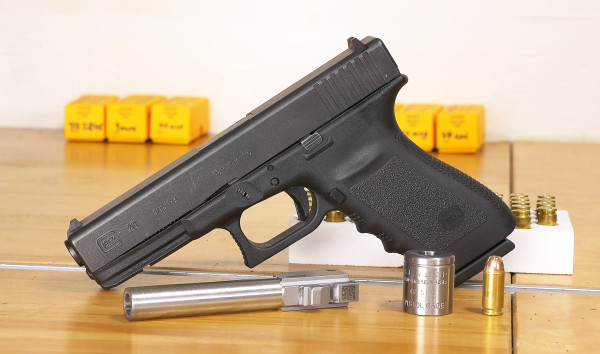
L.E. Wilson makes a fine set of pistol case gages, and that’s what I use in the reloading shop, so that’s what I’ll use to demonstrate the use of pistol case gages in this article. The fundamental difference in these case gages has to do with headspacing (what the cartridge stops against when its loaded into the chamber). For rimless autoloader cartridges like 40S&W, the case mouth is used to headspace the cartridge. Rimmed revolver cartridges are different in that they headspace using the rim itself. The L.E. Wilson pistol case gages are designed accordingly.
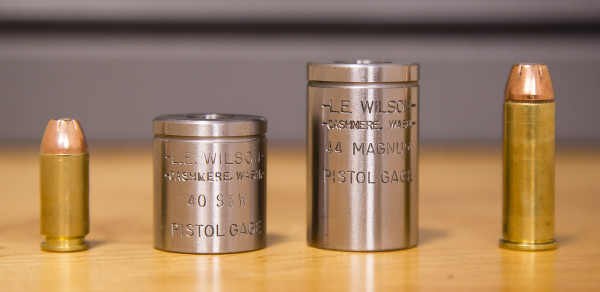
These cases gages measure and check pretty much the same things however:
- Bullet diameter
- Case body diameter
- Case trim length
- Cartridge overall length
- Case rim thickness (for rimmed revolver only)
Using the case gage is very simple. Here’s what you do:
- Drop the cartridge into the case gage bullet end first
- Verify that the back of the case is at or slightly below flush with the back side of the gage
- Set the case gage on a flat surface: verify that the back of the case does not protrude up from the back side of the case gage
If any of these checks don’t pass fully, you can then verify proper chambering in either a revolver chamber (in the cylinder), or in the barrel (removed) of your autoloader. In the following video I demonstrate these concepts:
Using a case gage is very simple, and I would reccomend that you add one of these gages to your reloader’s tool chest for each of the pistol cartridges you reload. It may just save you a lot of time and hassle. Peace of mind is hard to put a price on!
Thanks,
Gavin
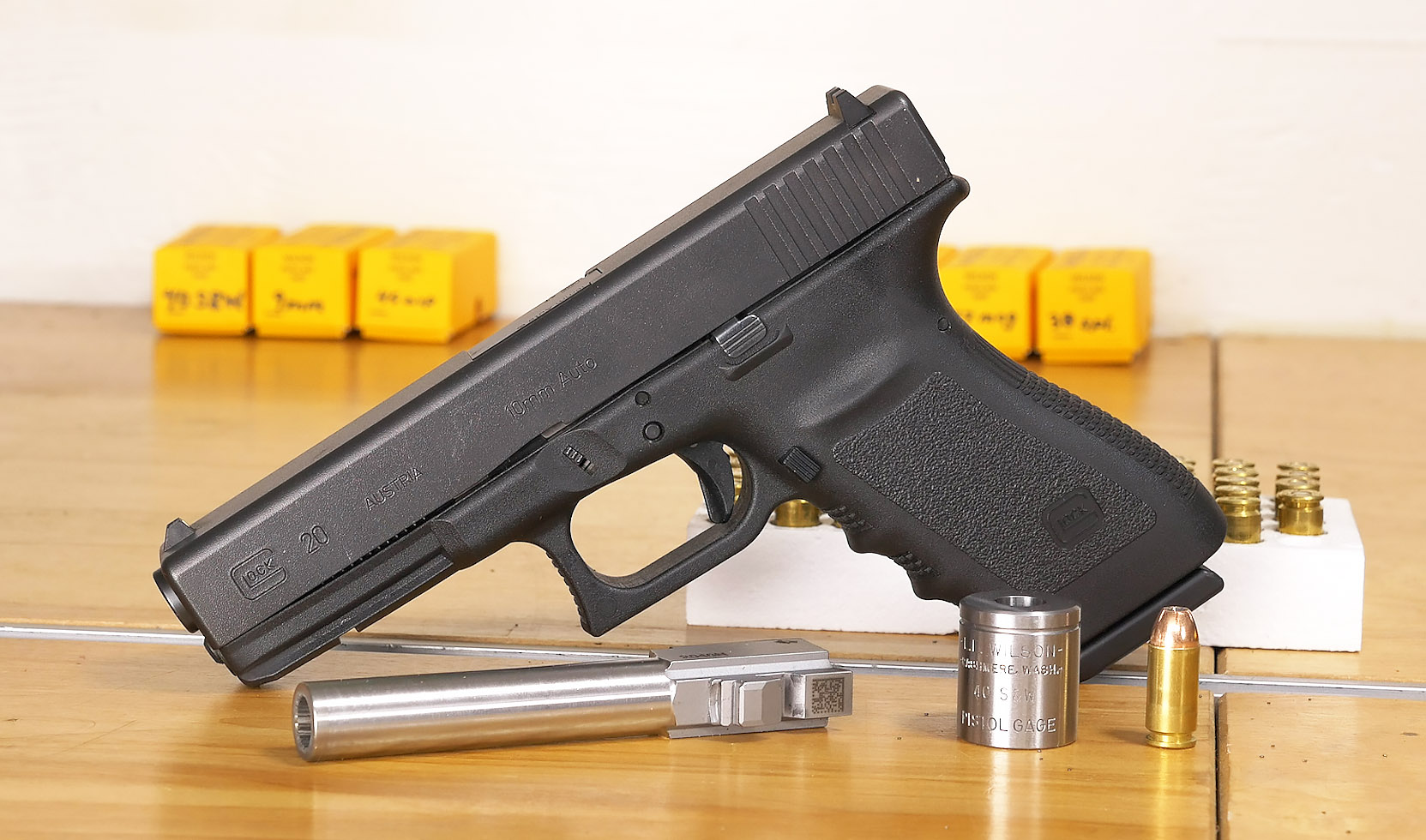
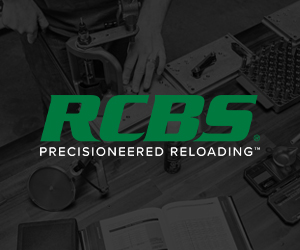

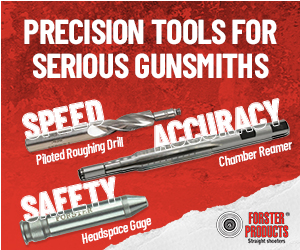




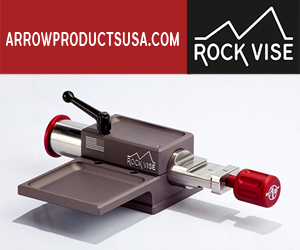
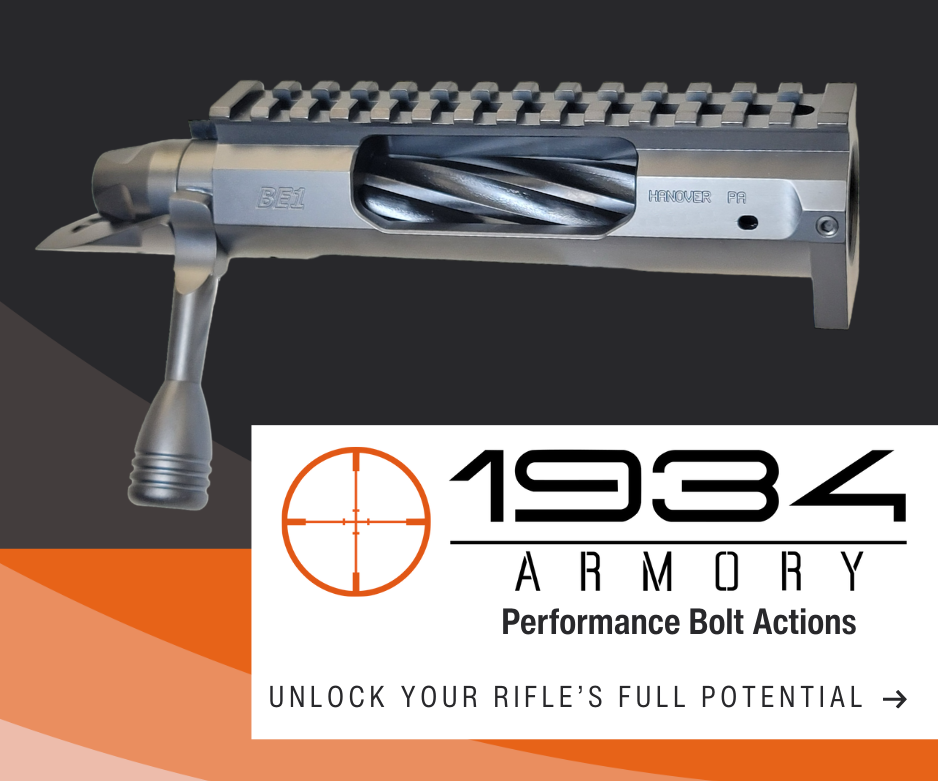
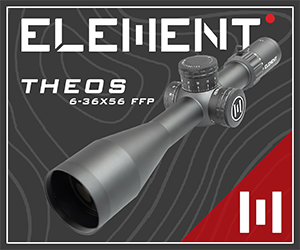


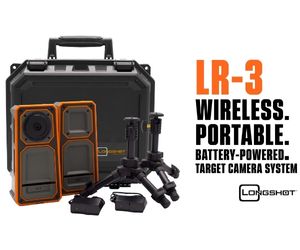
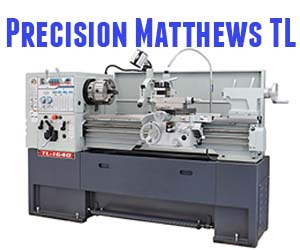

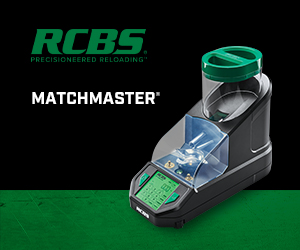





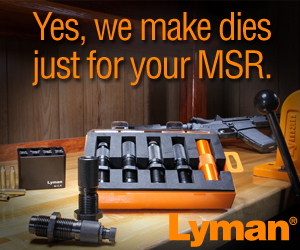
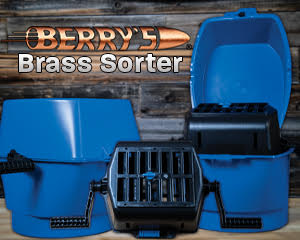



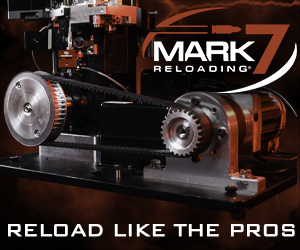


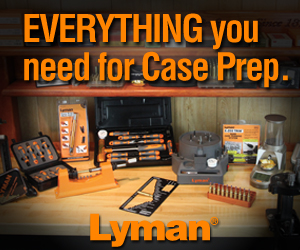
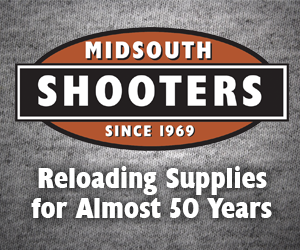

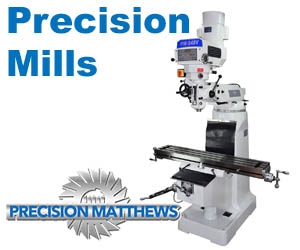



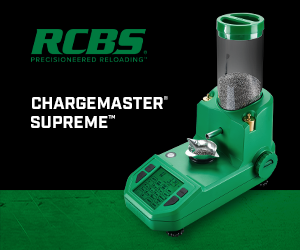
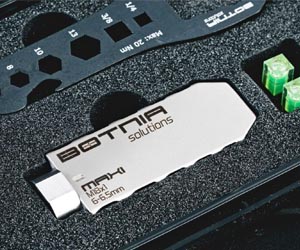






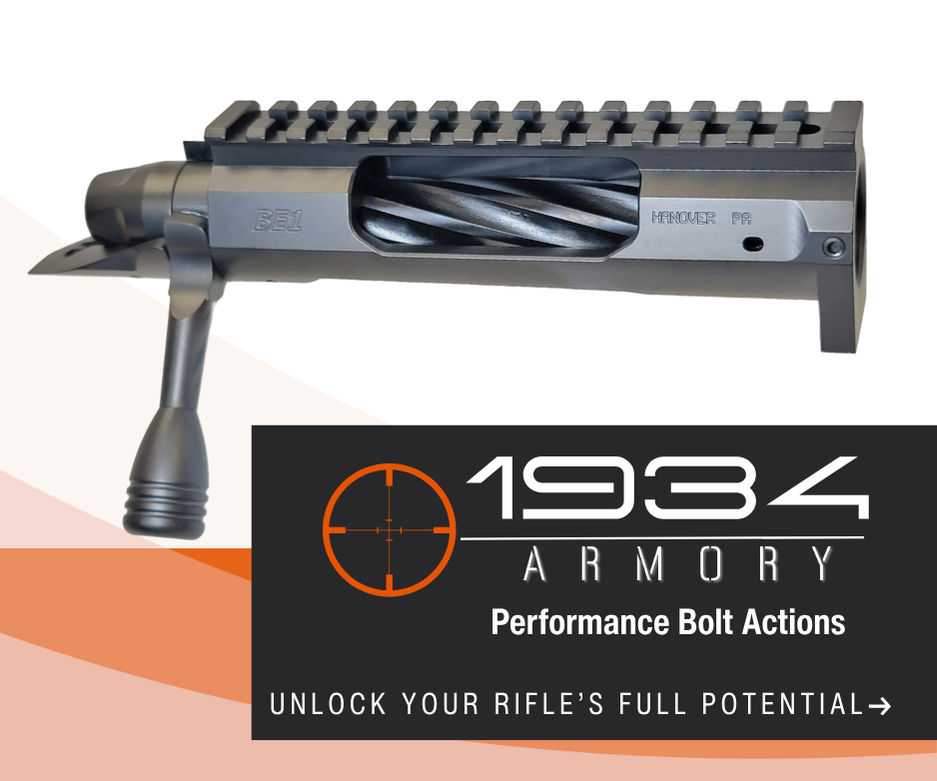







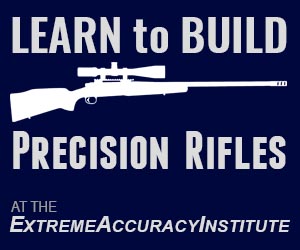




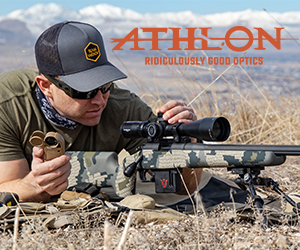

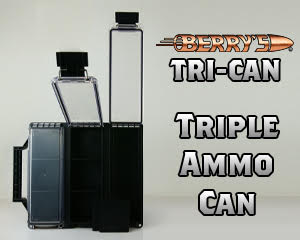

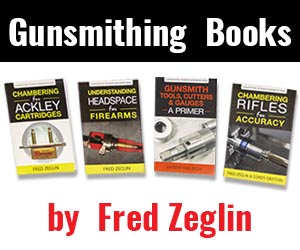




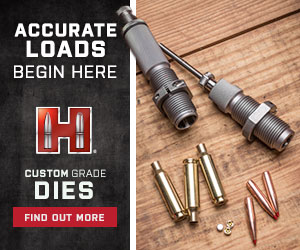

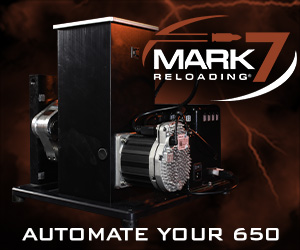

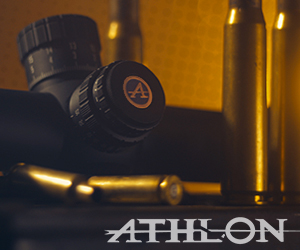
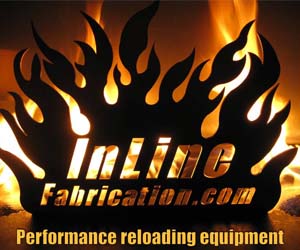
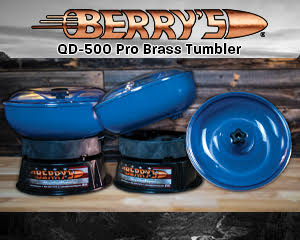
Another great video covering an essential piece of gear for ALL reloaders.
Thanks Gavin – another terrific video. I shall get some of the Wilson tools!
Regards,
Ed
Hi Gavin,
Can we email you re specific reloading equipment questions?
Thanks,
KJ
I’ve been using Dillon case gages (9mm & .45 AUTO). Is there a significant difference between Dillon and L.E. Wilson pistol gages?
Thanks.
Is there a significant difference between Dillon and L.E. Wilson 357mag pistol gauges? Not sure which is best to buy.
thanks
I don’t have experience with the Dillon gauge- but I do know that L.E. wilson is top notch, I use L.E. Wilson gages for every caliber I reload…
Sorry to comment two years after the fact. The Dillon case gauges are min chamber gauges, while the Wilson and Lyman gauges are generally max cartridge gauges, which is tighter. (Wilson sells chamber gauges as well). Slightly confusing, but both have a purpose, although I suspect the Wilson is generally more useful.
I buy everything blue, so had a bunch of Dillon min chamber gauges, but in the case of a Glock bulged case (.40 and .357 Sig are the biggest offenders), it’s possible to have the bulged case fit in a min chamber gauge (depending on the severity of the bulge), but not in a max cartridge pistol gauge. I guess there’s no harm having both, it’s only more $!, 😉 but I’m going back and getting the Wilson max cartridge gauges, at least for those potentially problem calibers for me: 9, .40, 10 mm, .357 Sig, and .45 ACP. FYI, those EGW multi round “chamber checkers” which a lot of cowboy action guys use are also min SAAMI chamber gauges as well. BTW, look for the recently updated UniqueTek tips file #12, which is about bulged .40 S&W, but has a good section towards the end on this subject.
Thanks for your excellent UR reviews.
BTW, I should clarify: the .357 Sig should not be in my list as a handgun max cartridge gage; it’s just a standard case gage like any other rifle case gage which measures cases with a shoulder. Check the Wilson web site for info on their different types of gages.